Cities around the world are defined by their skylines, and some buildings stand out as true masterpieces. These architectural marvels don’t just shape the city—they tell its story. From soaring skyscrapers to innovative designs, each structure has redefined urban landscapes. These buildings combine creativity, engineering, and vision, making them iconic landmarks. Let’s explore some of the most striking architectural feats that have transformed city skylines worldwide.
Burj Khalifa
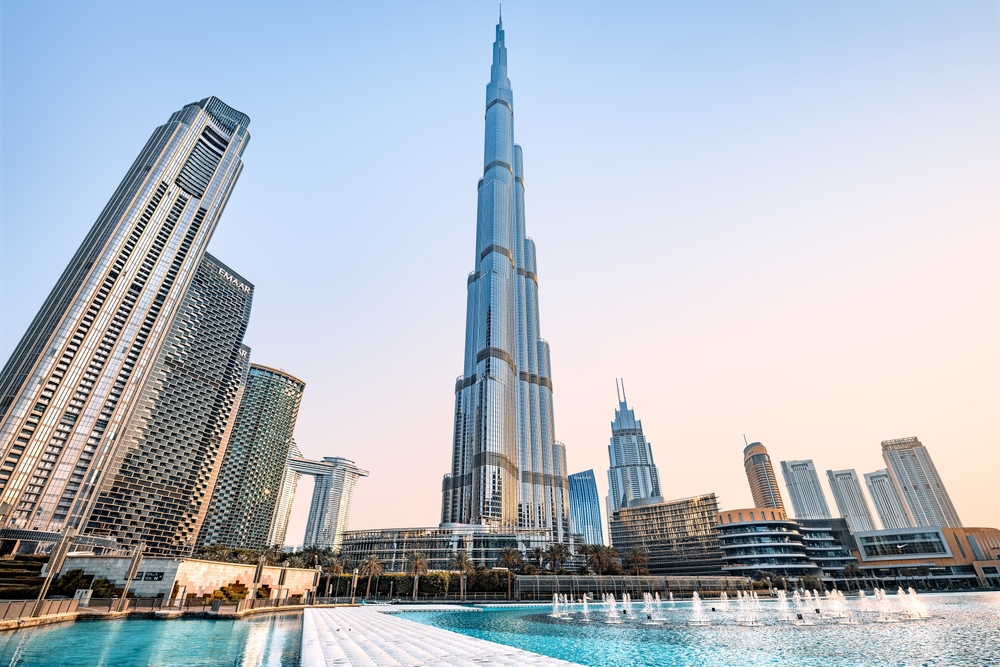
Located in Dubai, UAE, the Burj Khalifa is the tallest building in the world, standing at an impressive 828 meters (2,717 feet). Completed in 2010, this architectural feat was designed by Adrian Smith of Skidmore, Owings & Merrill. Its sleek, tapered design draws inspiration from Islamic architecture, creating a striking silhouette against Dubai’s skyline. The structure houses offices, residences, and the luxurious Armani Hotel. Burj Khalifa’s towering presence represents Dubai’s rapid growth and global ambition.
Empire State Building
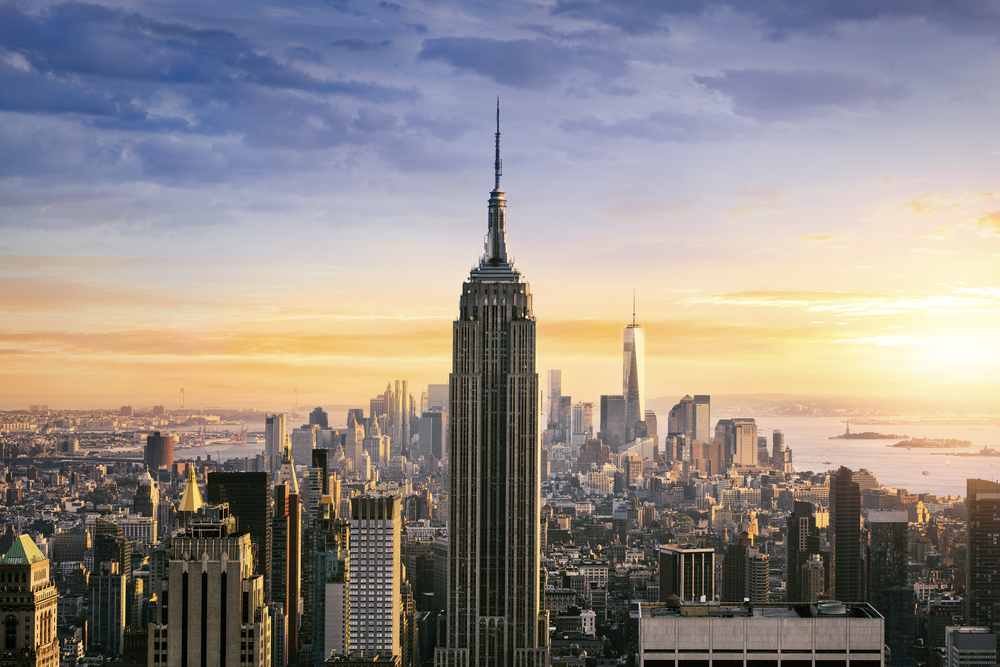
The Empire State Building, completed in 1931, is an enduring icon of New York City. Standing at 1,454 feet, it held the title of the world’s tallest building for nearly 40 years. Designed by the architectural firm Shreve, Lamb & Harmon, its Art Deco style adds classic elegance to Manhattan’s skyline. The building features observatories on the 86th and 102nd floors, offering stunning city views. Known globally, it remains a must-see symbol of American architectural achievement.
Taipei 101
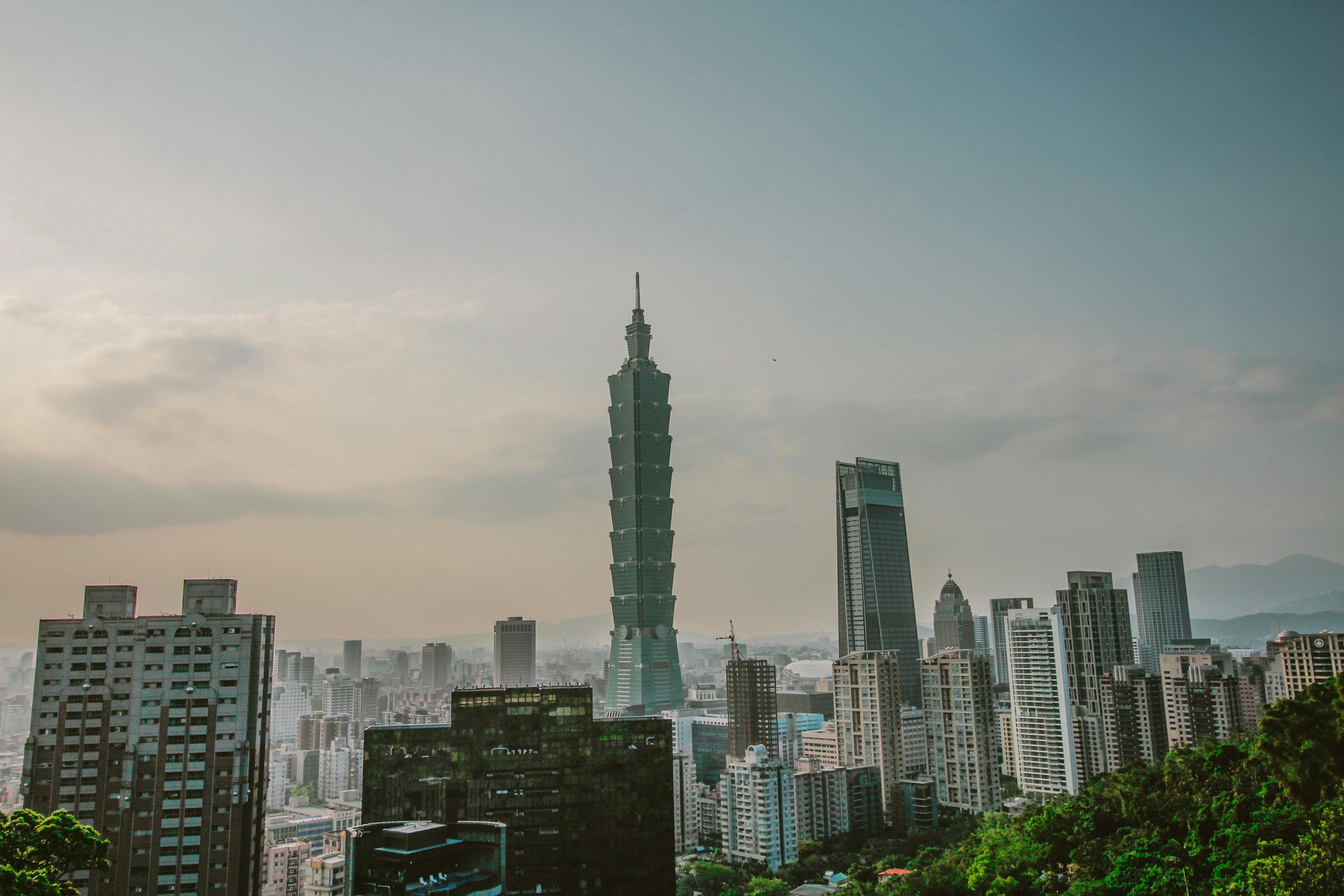
Taipei 101, located in Taipei, Taiwan, was the tallest building in the world from 2004 to 2010, reaching 508 meters (1,667 feet). Designed by C.Y. Lee & Partners, it is an innovative blend of modern engineering and traditional Asian aesthetics. Its tiered design symbolizes a bamboo stalk, embodying strength and growth. Taipei 101 was the first skyscraper to exceed half a kilometer in height and withstands frequent typhoons and earthquakes. This structure remains a symbol of Taiwan’s resilience and technological progress.
Shard London Bridge
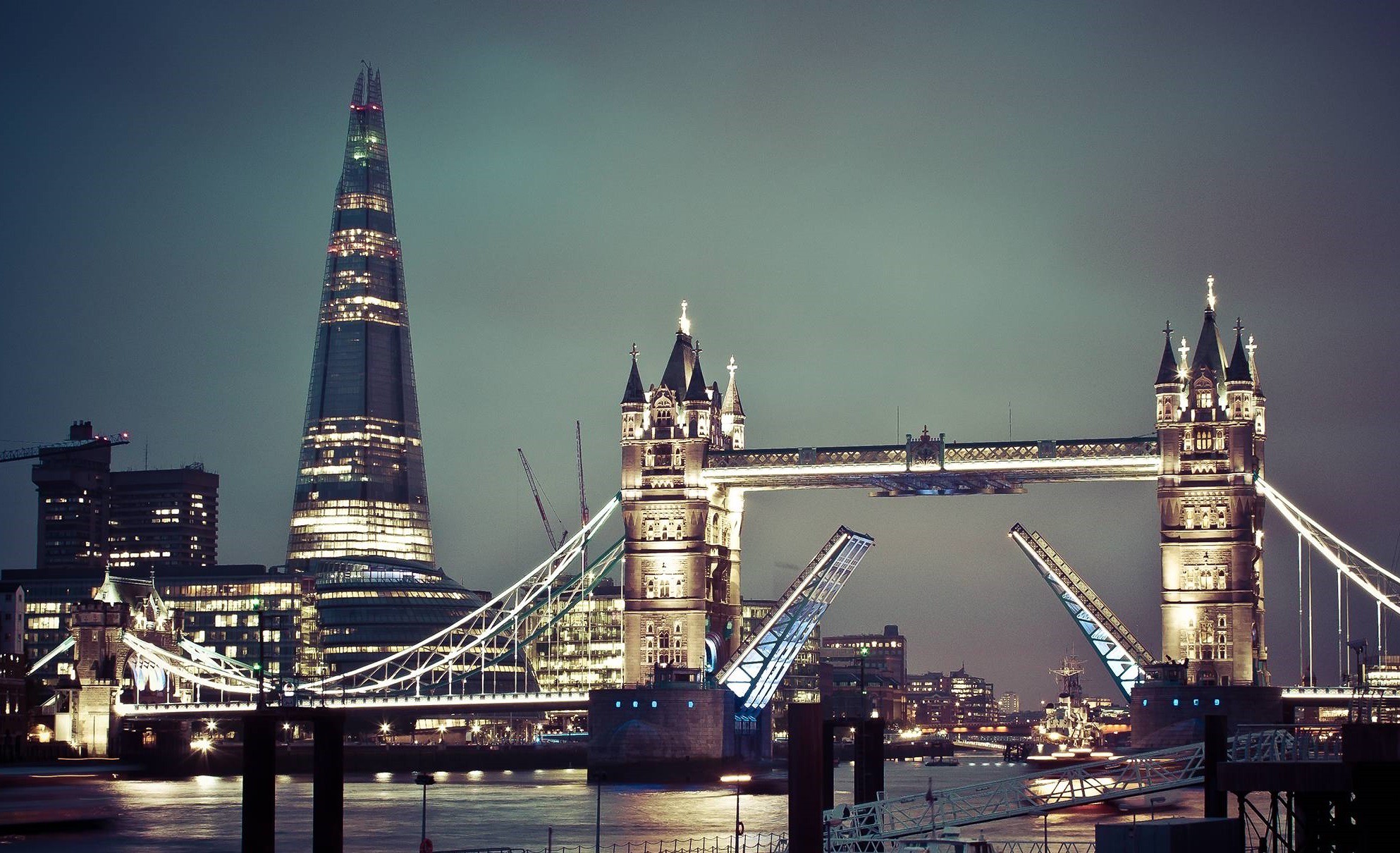
Standing tall in London, the Shard redefined the city’s skyline when it was completed in 2012. At 310 meters (1,016 feet), it is Western Europe’s tallest building, designed by Italian architect Renzo Piano. The glass-clad structure reflects the sky, giving it a unique appearance that changes with London’s weather. Inside, it hosts offices, restaurants, and the Shangri-La Hotel, along with an observation deck. The Shard’s distinctive shape represents a new era in London’s architecture.
Marina Bay Sands

Marina Bay Sands, located in Singapore, is a visually striking complex known for its three interconnected towers topped by a massive sky park. Completed in 2010, it was designed by architect Moshe Safdie and stands at 207 meters (679 feet). The sky park, resembling a ship, includes an infinity pool and observation deck with panoramic views of the city. This structure combines luxury with architectural daring, symbolizing Singapore’s modernity. It’s an iconic part of the city’s skyline and a major tourist attraction.
Petronas Towers
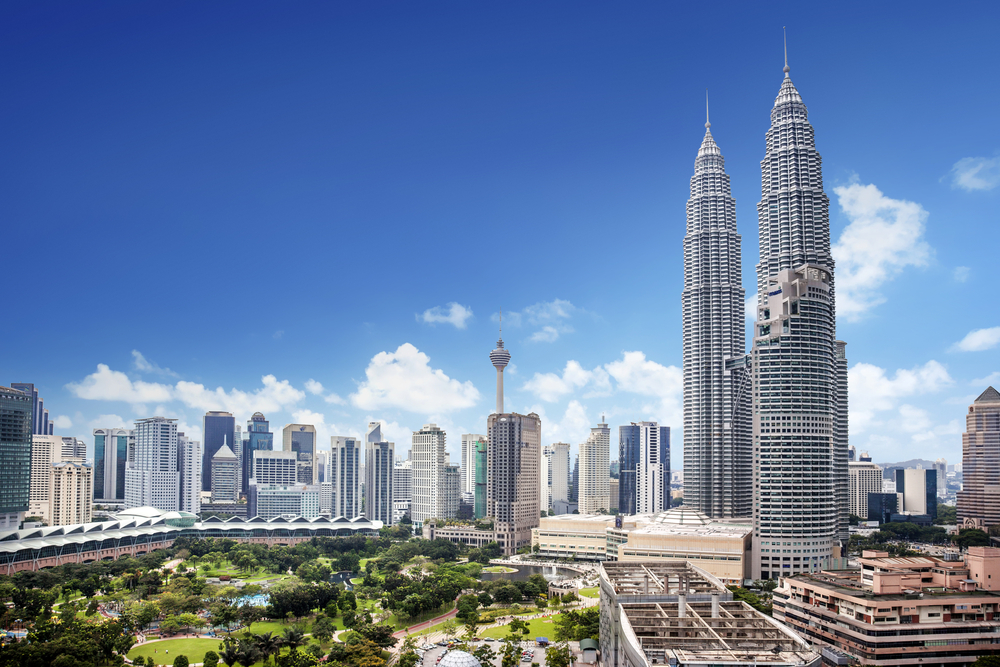
The Petronas Towers in Kuala Lumpur, Malaysia, are twin skyscrapers that became the world’s tallest buildings in 1998, reaching 451.9 meters (1,483 feet). Designed by Argentine architect César Pelli, the towers showcase a unique postmodern style with Islamic design elements. Their sleek, mirrored surface and sky bridge connecting the towers make them visually captivating. The towers house offices, a shopping mall, and the Malaysian Philharmonic Orchestra. These iconic structures highlight Malaysia’s aspirations and cultural identity.
One World Trade Center
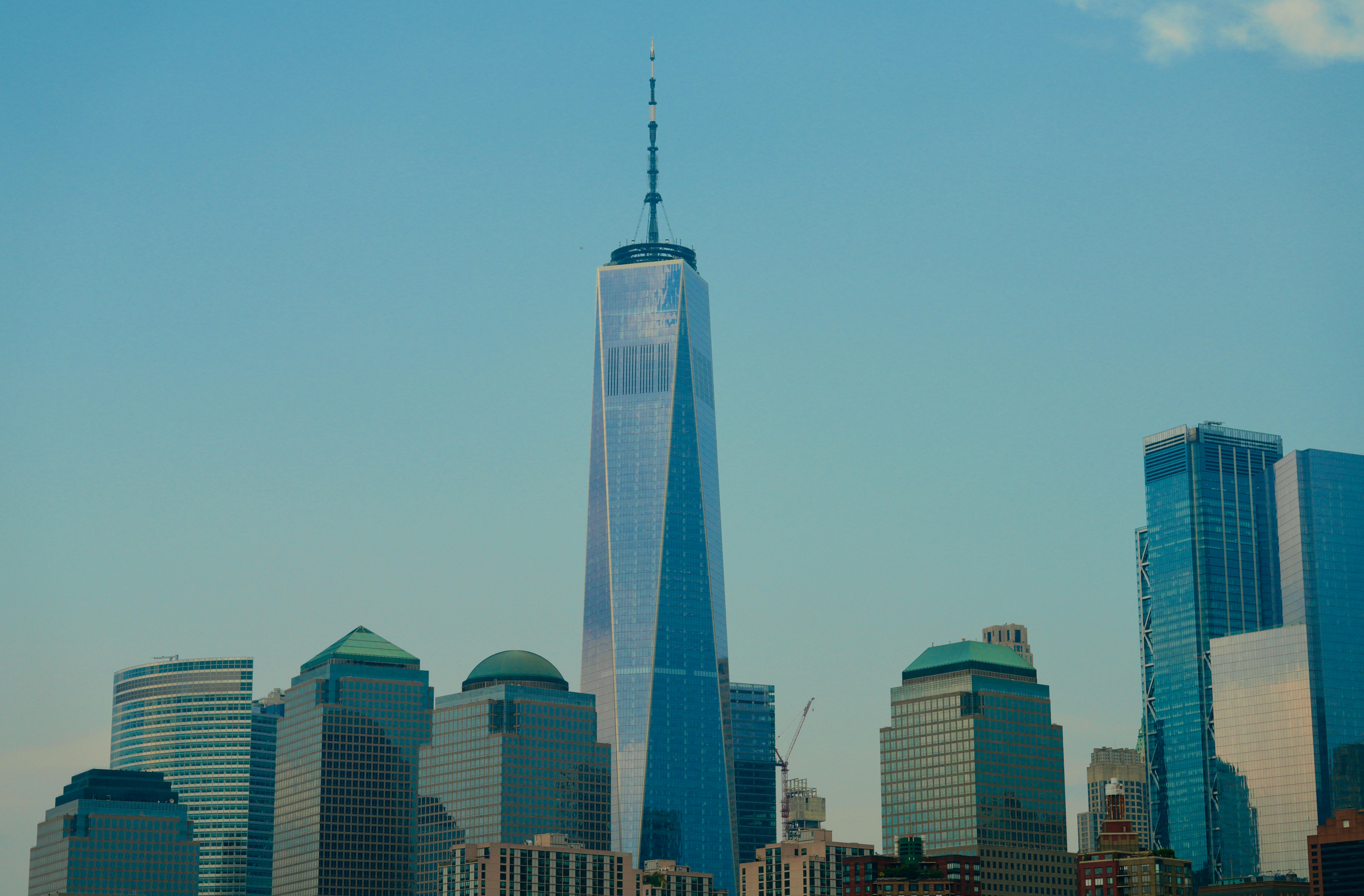
One World Trade Center, also known as the Freedom Tower, is a poignant landmark in New York City. Completed in 2013 and standing at 1,776 feet, it symbolizes resilience after the events of 9/11. Designed by David Childs of Skidmore, Owings & Merrill, the tower’s glass facade and angular shape give it a modern, powerful look. The building houses offices and an observatory, offering views over Lower Manhattan. Its height, in feet, honors the year of American independence, adding depth to its symbolism.
Lotte World Tower

Located in Seoul, South Korea, the Lotte World Tower is an elegant addition to the city’s skyline. Completed in 2016 and standing at 555 meters (1,819 feet), it’s the tallest building in South Korea. Designed by Kohn Pedersen Fox, the tower’s design combines modernity with Korean aesthetics, inspired by traditional ceramics. Inside, it houses luxury residences, a hotel, and an observation deck with views of the Han River. This tower embodies South Korea’s rapid development and design innovation.
Sydney Opera House
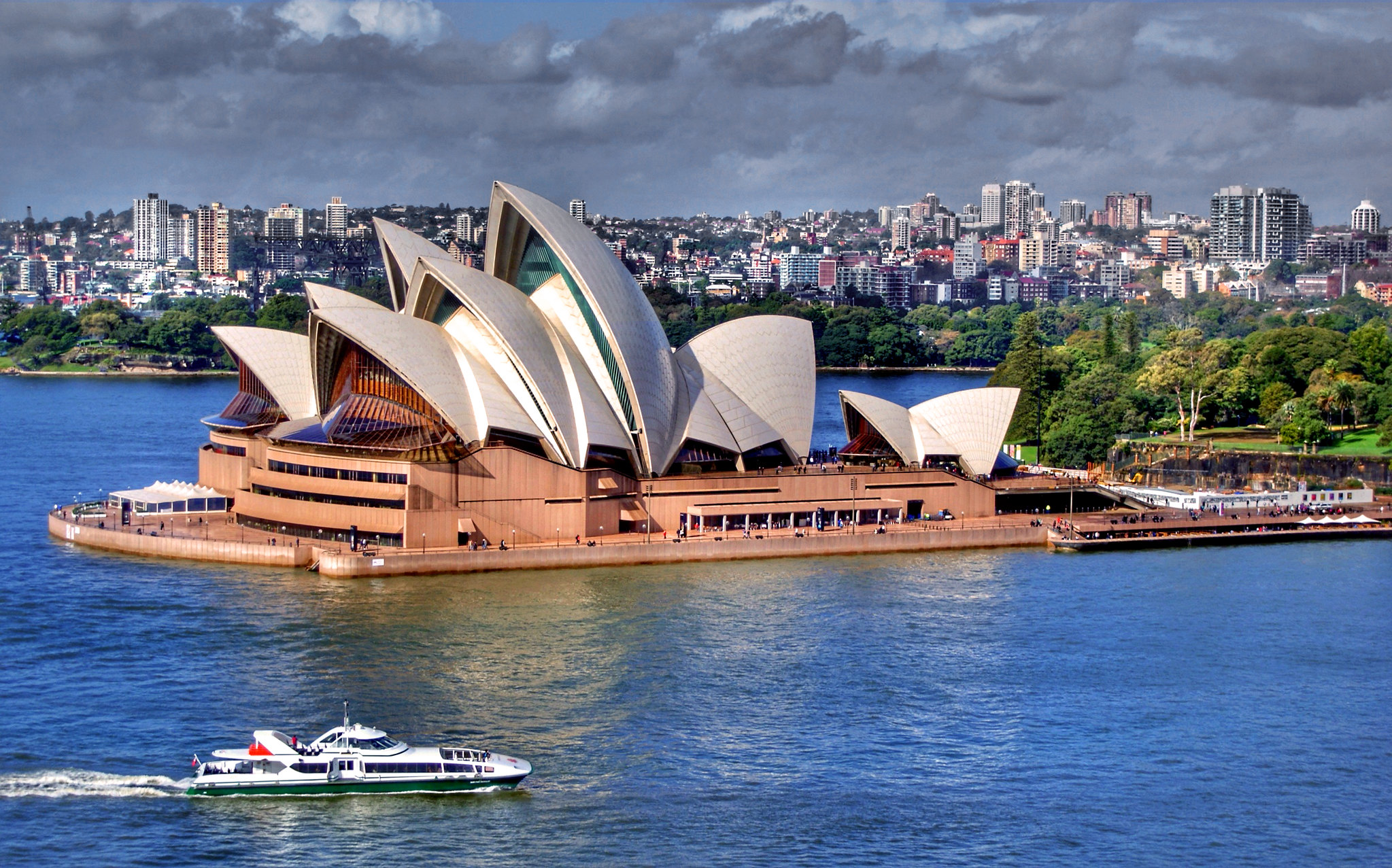
The Sydney Opera House, designed by Danish architect Jørn Utzon, is one of Australia’s most famous landmarks. Completed in 1973, its unique shell-like structure resembles sails on Sydney Harbour. Though only 65 meters (213 feet) tall, its design has become an architectural icon recognized worldwide. The Opera House hosts performances, drawing millions of visitors each year. This structure redefined Sydney’s skyline and is a symbol of artistic and architectural creativity.
CN Tower
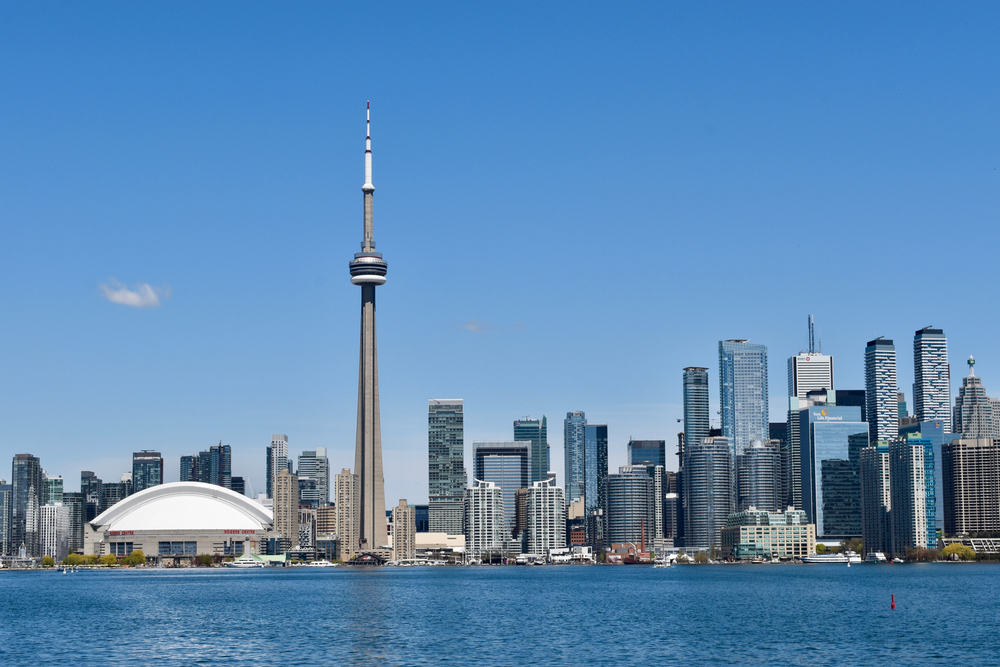
The CN Tower in Toronto, Canada, was the world’s tallest freestanding structure from 1976 until 2007, standing at 553 meters (1,815 feet). Designed by John Andrews, it serves as both a communications hub and an observation tower. The tower’s cylindrical design and glass floor viewing area offer spectacular views of Toronto and Lake Ontario. It includes a revolving restaurant, giving diners an unparalleled city experience. The CN Tower remains a defining feature of Toronto’s skyline.
Kingdom Centre
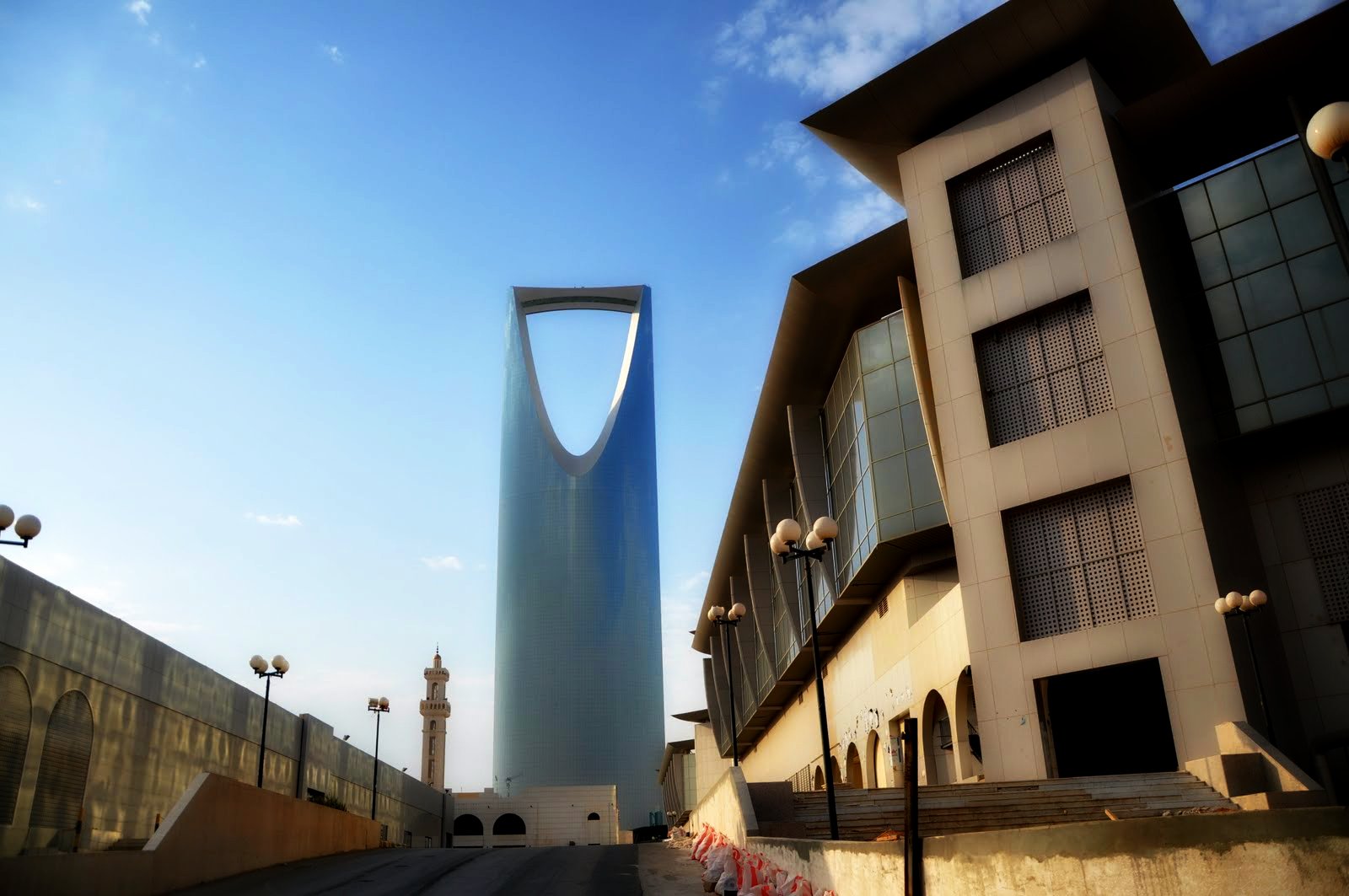
Located in Riyadh, Saudi Arabia, Kingdom Centre stands at 302 meters (991 feet) and was completed in 2002. Designed by Ellerbe Becket and Omrania, its unique silhouette features a striking sky bridge near the top. The bridge, shaped like an inverted triangle, offers breathtaking views of Riyadh. The building houses a shopping mall, luxury residences, and a Four Seasons hotel. This iconic structure is a symbol of Riyadh’s modernization and economic growth.
Willis Tower
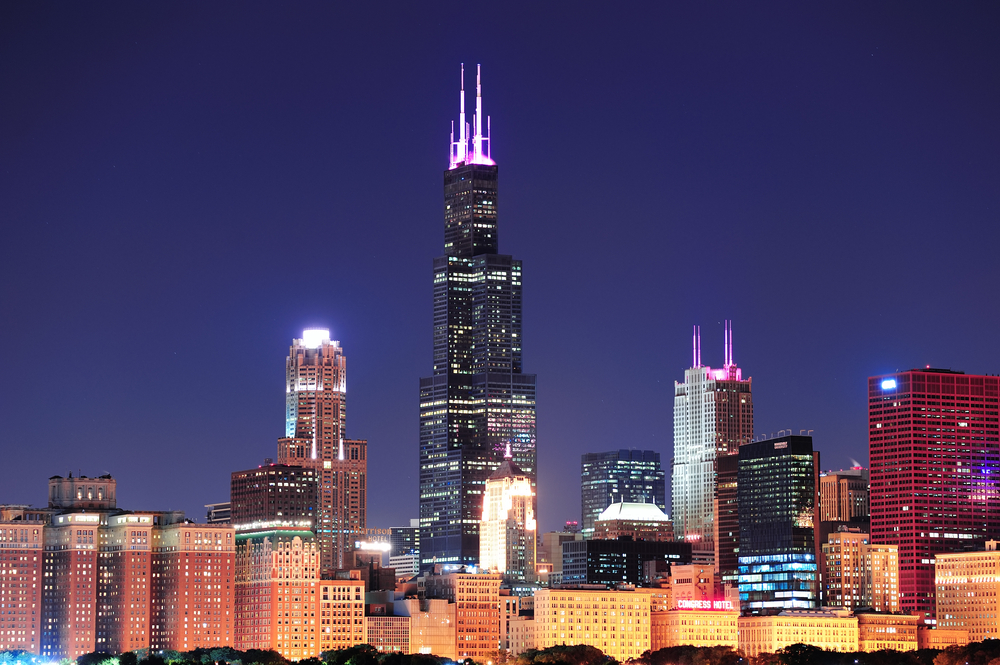
Chicago’s Willis Tower, formerly known as the Sears Tower, was the tallest building in the world upon its completion in 1973. Standing at 442 meters (1,450 feet), it was designed by Bruce Graham and Fazlur Rahman Khan of Skidmore, Owings & Merrill. Its bold, modular design gives it a distinctive look on the Chicago skyline. The Skydeck on the 103rd floor, with its glass ledge, draws thousands of visitors for panoramic city views. Willis Tower remains a classic example of innovative American skyscraper design.
Turning Torso
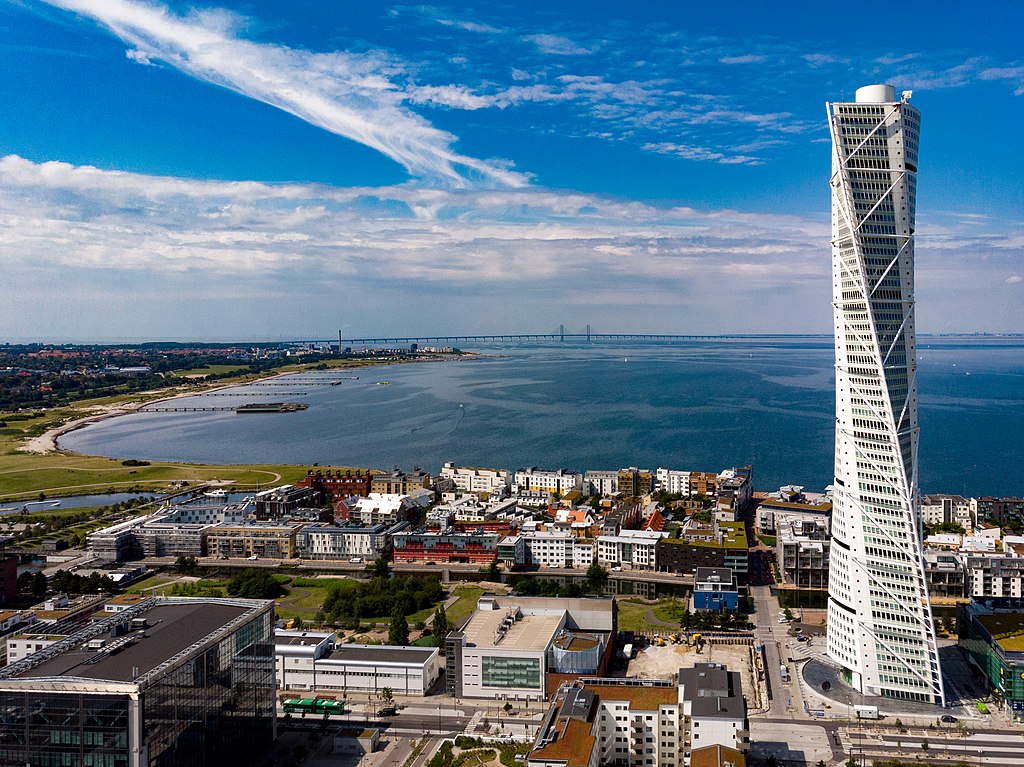
Turning Torso in Malmö, Sweden, is an architectural wonder inspired by a twisting human body. Designed by Spanish architect Santiago Calatrava, it was completed in 2005 and stands at 190 meters (623 feet). The building’s twisting design challenges conventional skyscraper aesthetics, making it a unique feature in Malmö’s skyline. It houses residential units and office spaces, emphasizing both beauty and functionality. Turning Torso showcases Calatrava’s flair for blending art with architecture.
The Gherkin
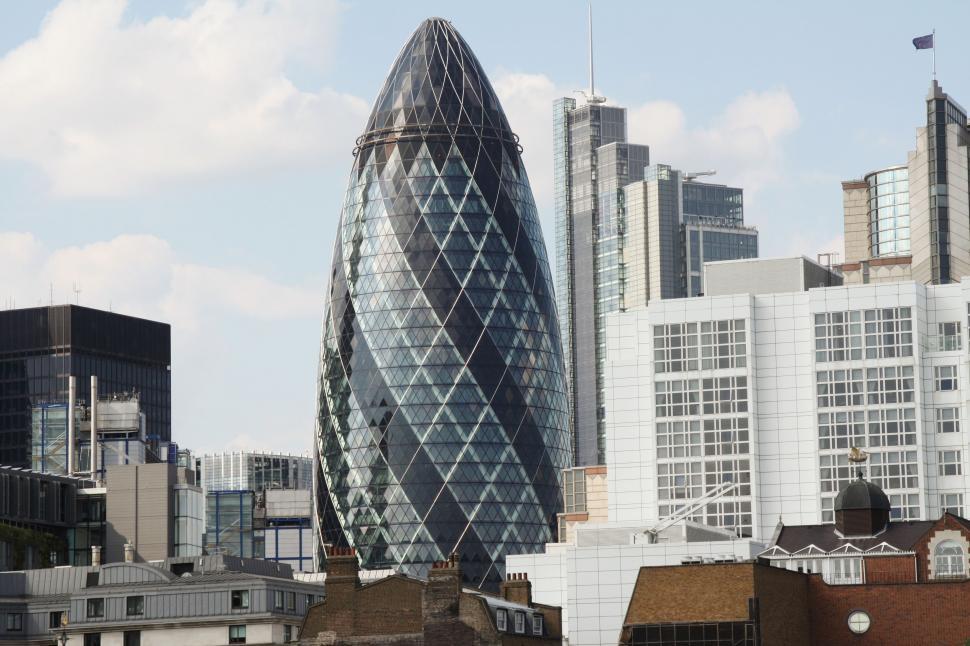
Officially known as 30 St Mary Axe, the Gherkin is one of London’s most recognizable buildings. Designed by Norman Foster and completed in 2004, it stands 180 meters (591 feet) tall. Its rounded, glassy exterior allows it to reflect the sky, creating a dynamic presence in the city. The building’s unique shape enhances energy efficiency, reducing the need for air conditioning. The Gherkin’s innovative design set a new standard for sustainable architecture in urban environments.
Beijing National Stadium (Bird’s Nest)
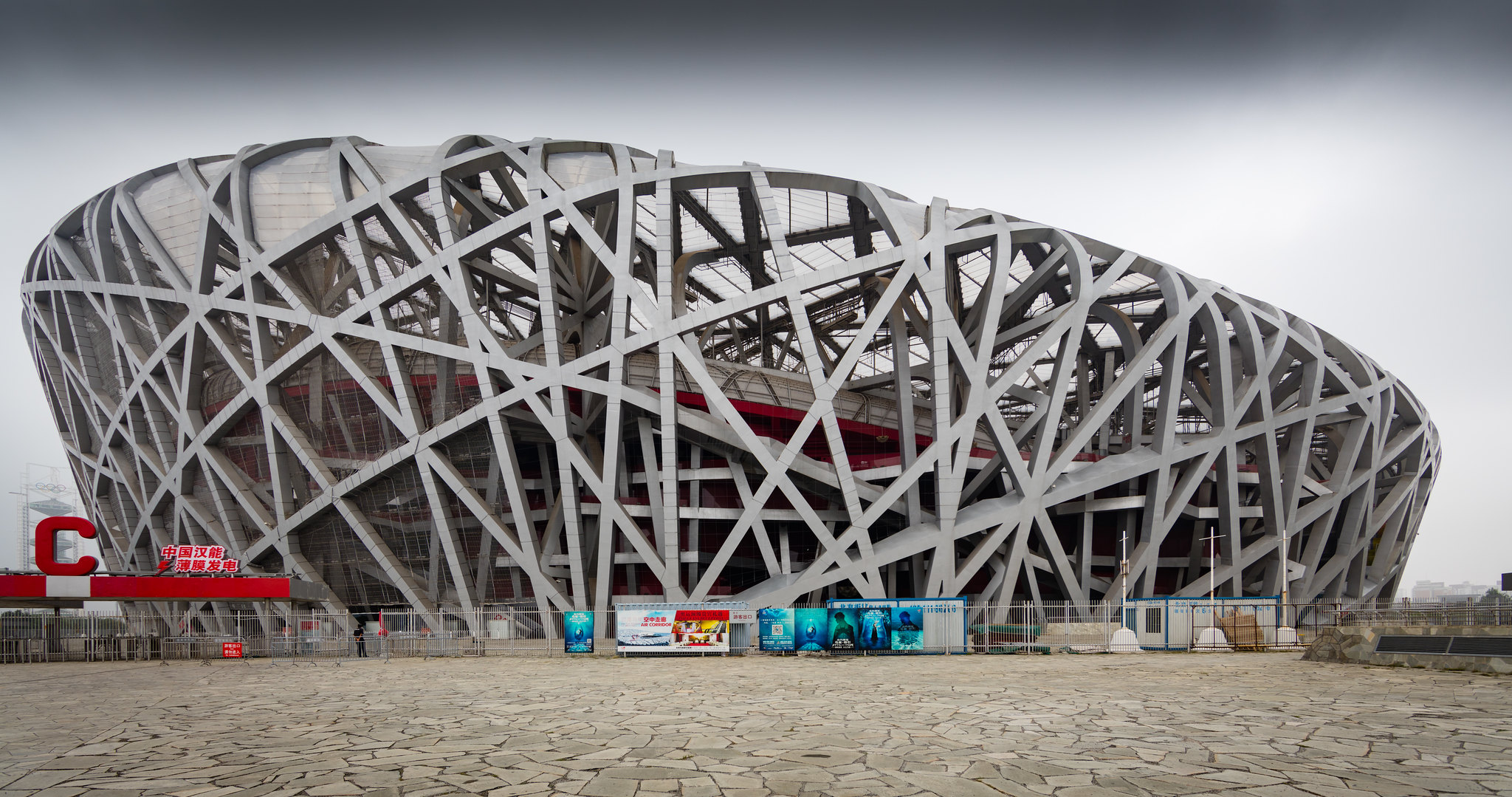
The Beijing National Stadium, or Bird’s Nest, was designed by Herzog & de Meuron for the 2008 Olympics. Located in Beijing, China, it has a height of 69 meters (226 feet) and a distinct, nest-like design. The structure is crafted from steel, giving it an airy yet durable appearance. With a seating capacity of 80,000, it continues to host sports events and concerts. The Bird’s Nest remains a symbol of modern Chinese architecture and Olympic grandeur.
Shanghai Tower
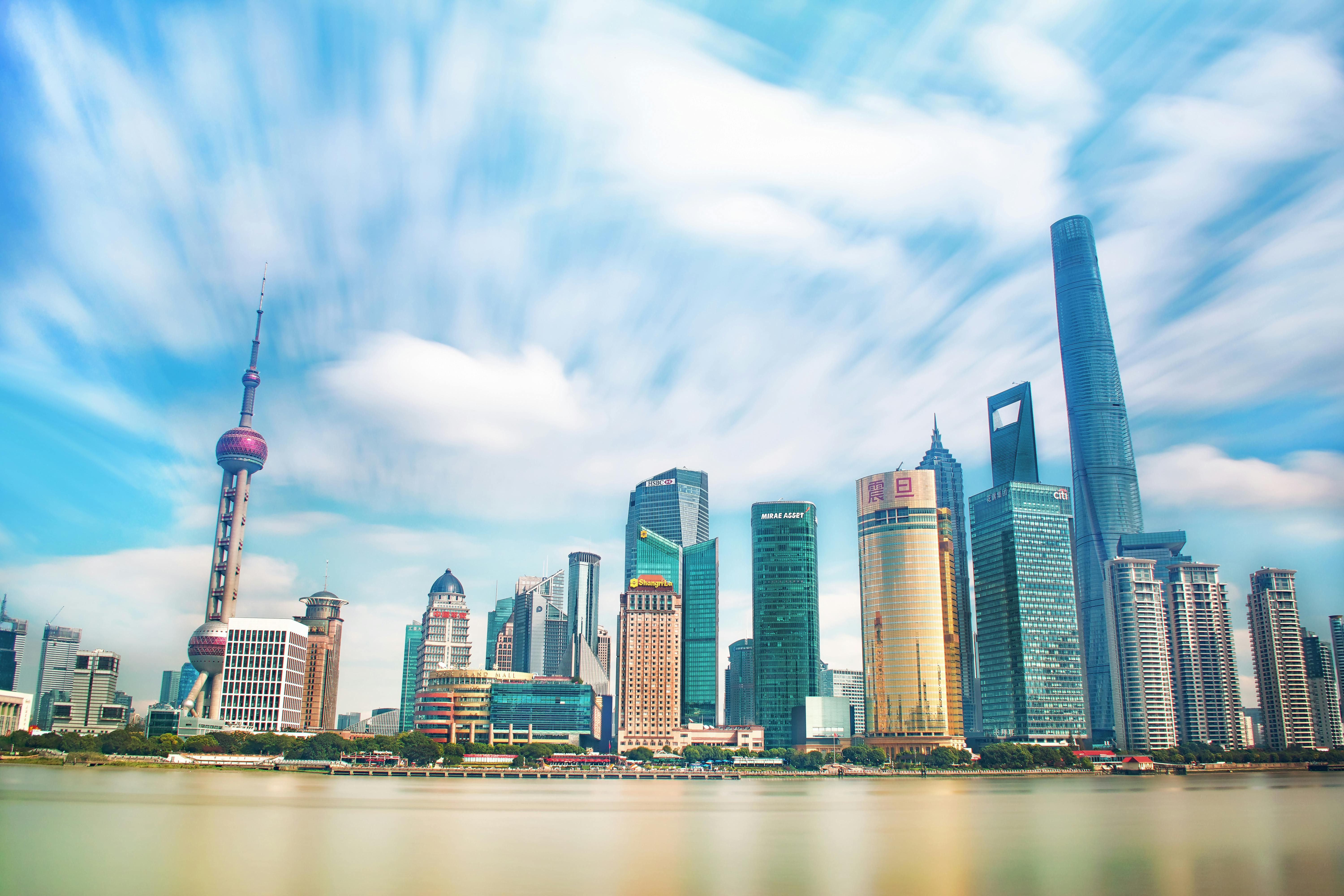
Shanghai Tower, the tallest building in China, stands at an incredible 632 meters (2,073 feet). Completed in 2015, it was designed by Gensler to reflect the city’s futuristic ambitions. The tower’s twisting form helps reduce wind loads, a key feature for tall structures in typhoon-prone areas. It includes office spaces, hotels, and the world’s highest observation deck. This striking tower embodies Shanghai’s global status and architectural innovation.
The Louvre Pyramid

The Louvre Pyramid in Paris, designed by I. M. Pei and completed in 1989, is a unique addition to the historic Louvre Palace. Standing at 21.6 meters (71 feet), the glass-and-metal structure contrasts with the classical architecture around it. The pyramid serves as the entrance to the Louvre Museum, enhancing its modern appeal. Though controversial at first, it has become a beloved landmark. This fusion of old and new architecture makes it a symbol of Paris’s evolving identity.
Tokyo Skytree

Tokyo Skytree, completed in 2012, is the tallest structure in Japan, standing at 634 meters (2,080 feet). Designed by Nikken Sekkei, it serves as a broadcasting tower and tourist attraction. Its design blends traditional Japanese aesthetics with modern engineering, creating a harmonious addition to Tokyo’s skyline. The Skytree features observation decks offering panoramic views of Tokyo and beyond. This tower embodies Japan’s dedication to combining culture with cutting-edge technology.
Burj Al Arab
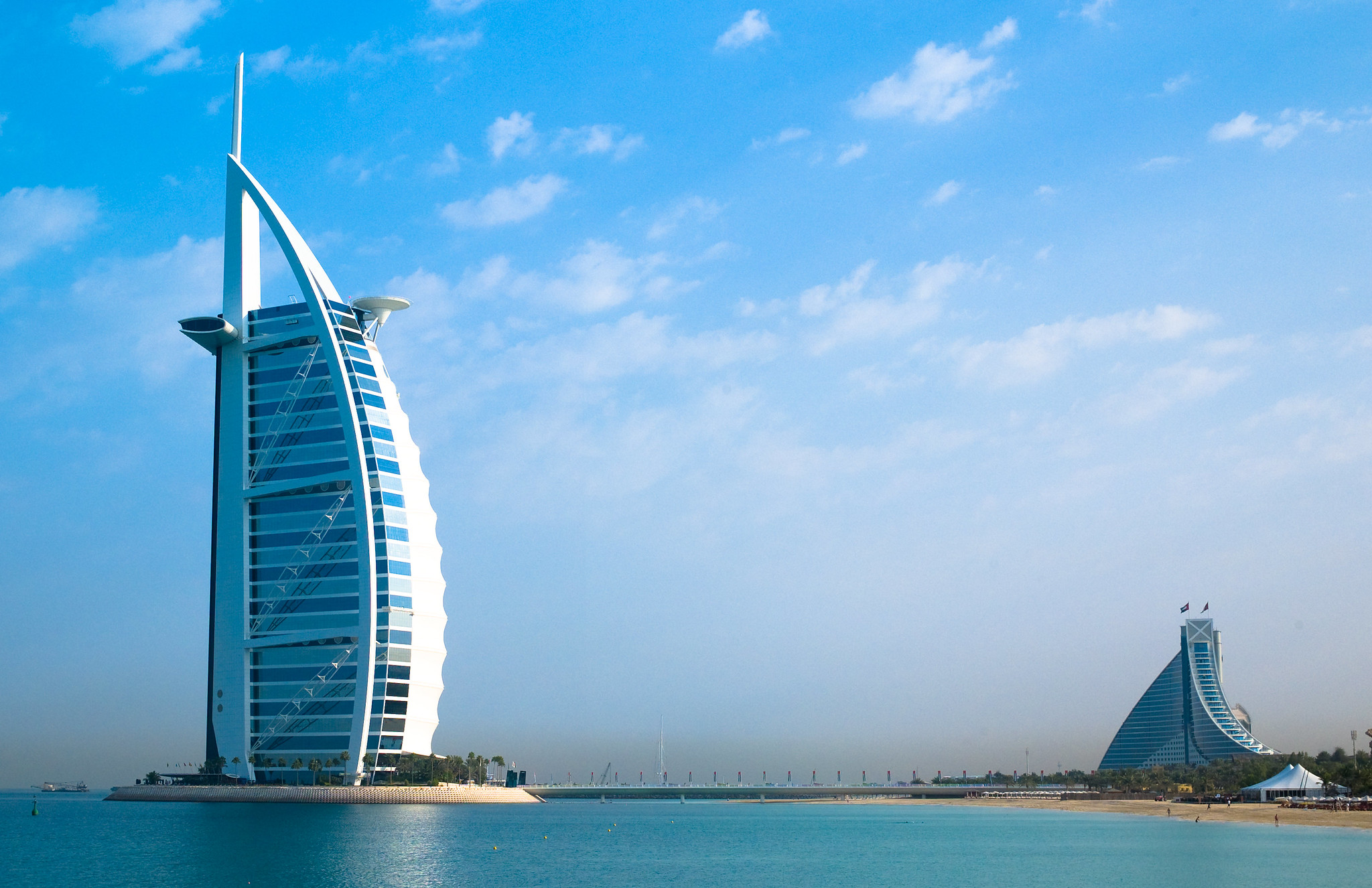
The Burj Al Arab in Dubai is one of the most luxurious hotels in the world, completed in 1999. Designed by Tom Wright, the 321-meter (1,053-foot) structure resembles a billowing sail. Built on an artificial island, its unique design and opulence have made it a symbol of Dubai’s lavish style. The hotel’s interiors are just as extravagant, featuring gold leaf and marble. Burj Al Arab’s distinctive architecture has made it a global icon of luxury.
Azadi Tower
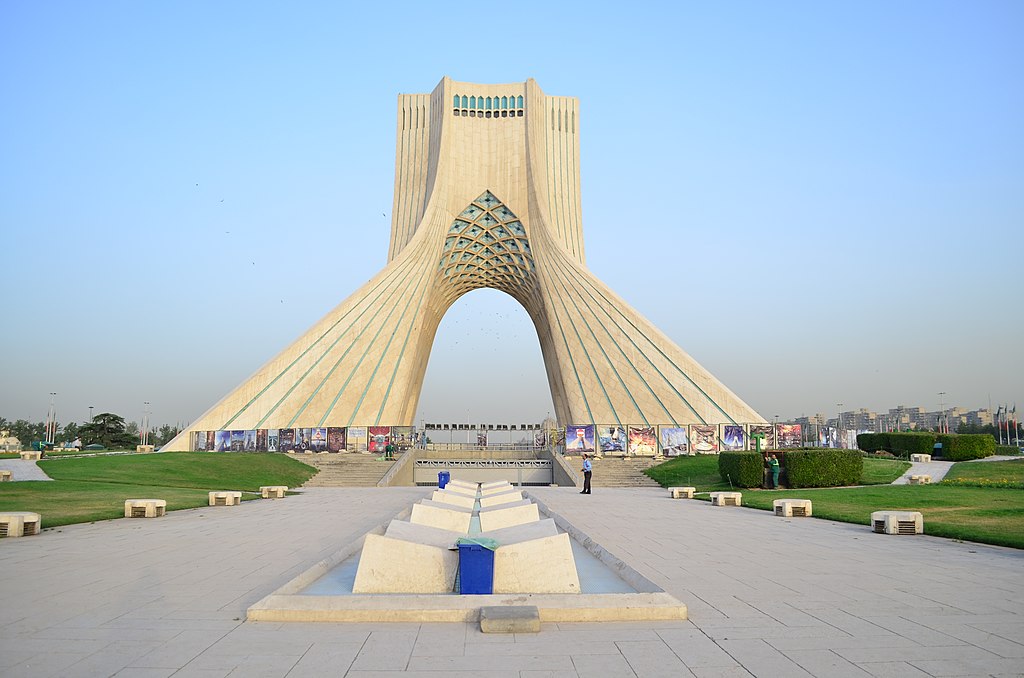
Azadi Tower, located in Tehran, Iran, is a stunning fusion of traditional Persian and modern architecture. Completed in 1971, it stands at 45 meters (148 feet) and was designed by architect Hossein Amanat. Its white marble arches and intricate tilework make it a striking feature in Tehran’s skyline. The tower commemorates the 2,500th anniversary of the Persian Empire, symbolizing Iranian pride. Azadi Tower remains a significant cultural and historical landmark.
Chrysler Building

The Chrysler Building in New York City is an Art Deco masterpiece completed in 1930. Designed by architect William Van Alen, it reaches 319 meters (1,046 feet) and features a spire resembling a radiator grille. Its stainless steel crown and eagle gargoyles make it one of the most recognizable buildings in Manhattan. Though no longer the tallest, its distinct design and attention to detail continue to captivate visitors. The Chrysler Building remains an icon of New York’s architectural heritage.
This article originally appeared on UnifyCosmos.
More from UnifyCosmos
21 Beautiful Hilltop Towns in Turkey You Should Discover
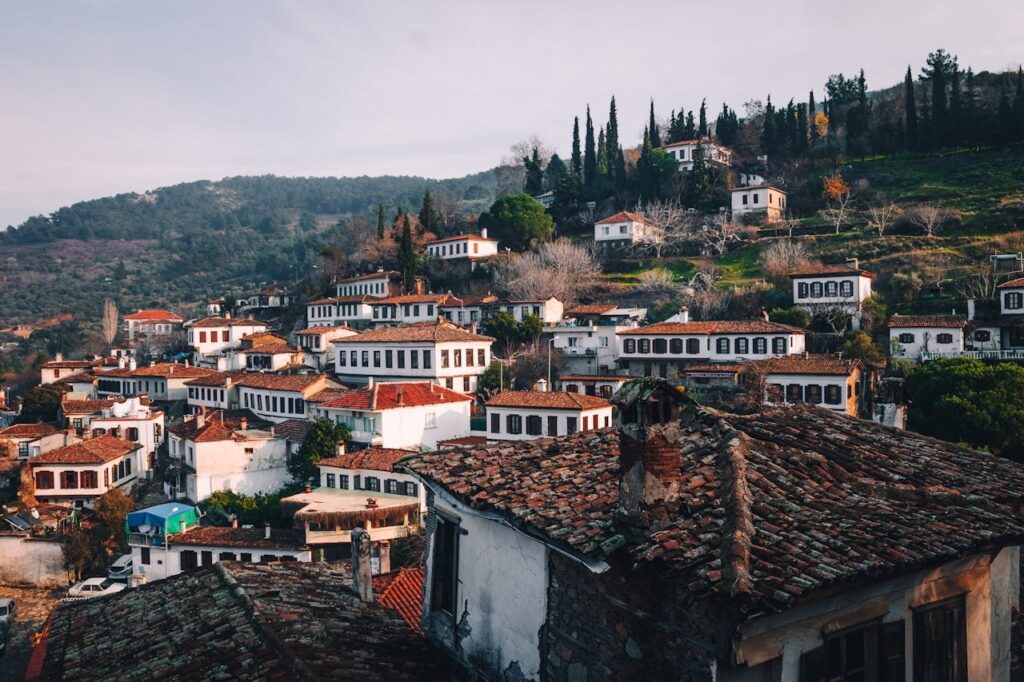
Turkey is home to some of the most stunning hilltop towns, offering breathtaking views, rich history, and unique culture. From charming cobblestone streets to ancient architecture, these hidden gems invite you to experience Turkey in a whole new way. Read More
20 Common Misunderstandings When Managing Stress and Anxiety

Managing stress and anxiety can be challenging, and many people unknowingly adopt misconceptions that can make things worse. From thinking they need to eliminate stress entirely to misunderstanding how anxiety works, these common errors often hinder progress. Read More
22 Simple Ways to Reduce Stress Without Meditating for Hours

Managing stress doesn’t have to mean setting aside hours for meditation. There are plenty of simple, effective strategies that can help you unwind and feel more in control of your day. Read More
Leave a Reply